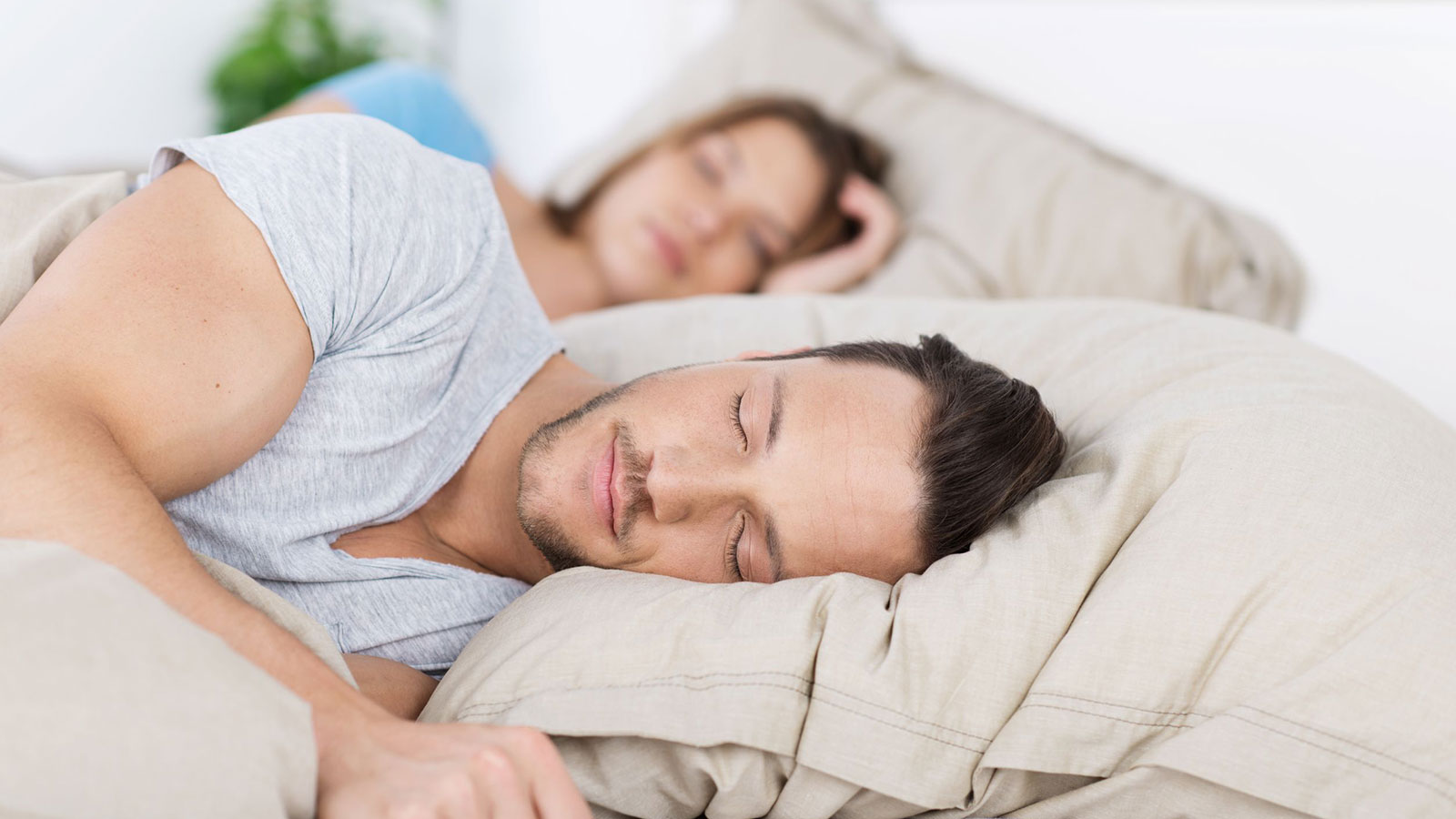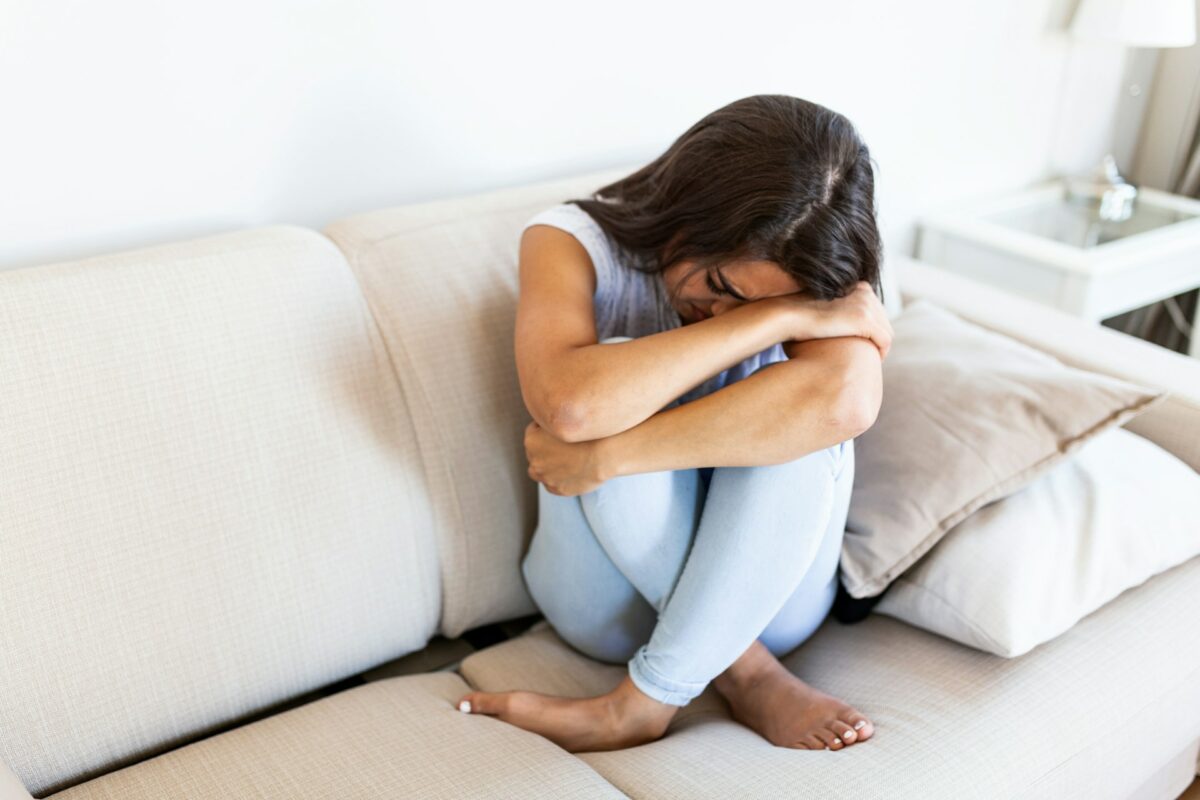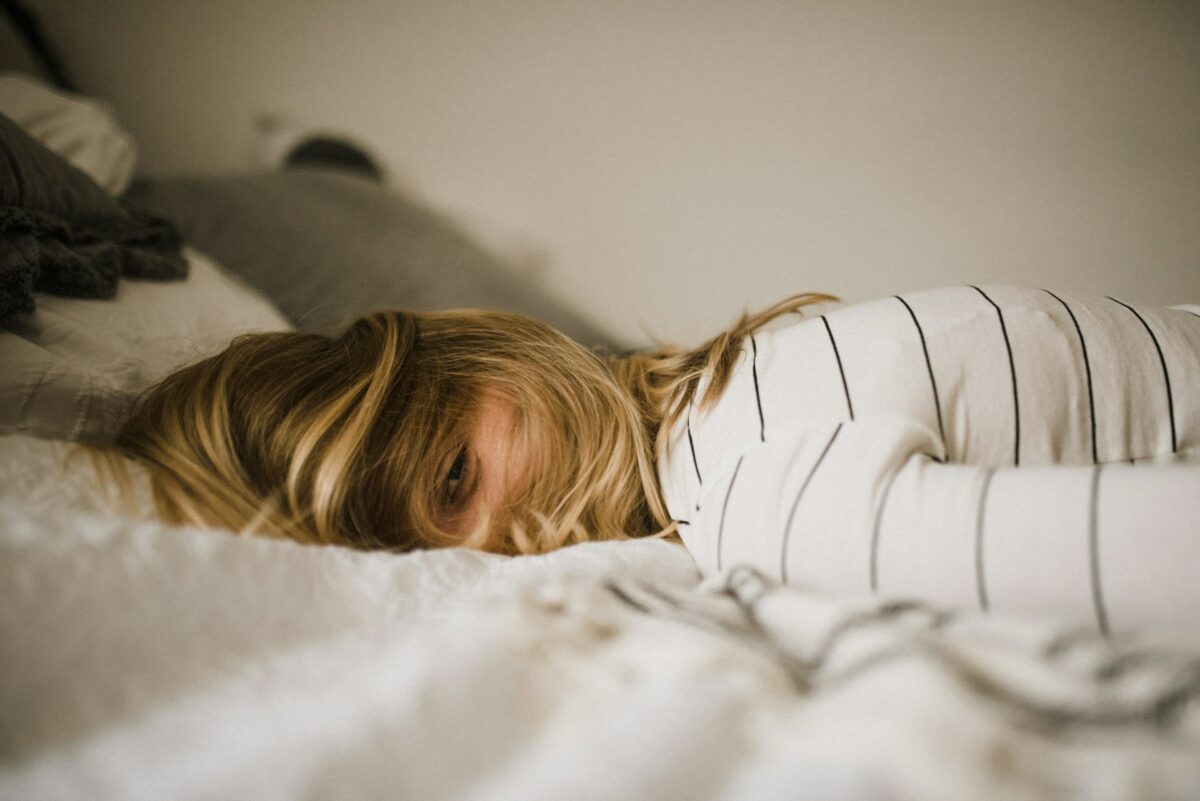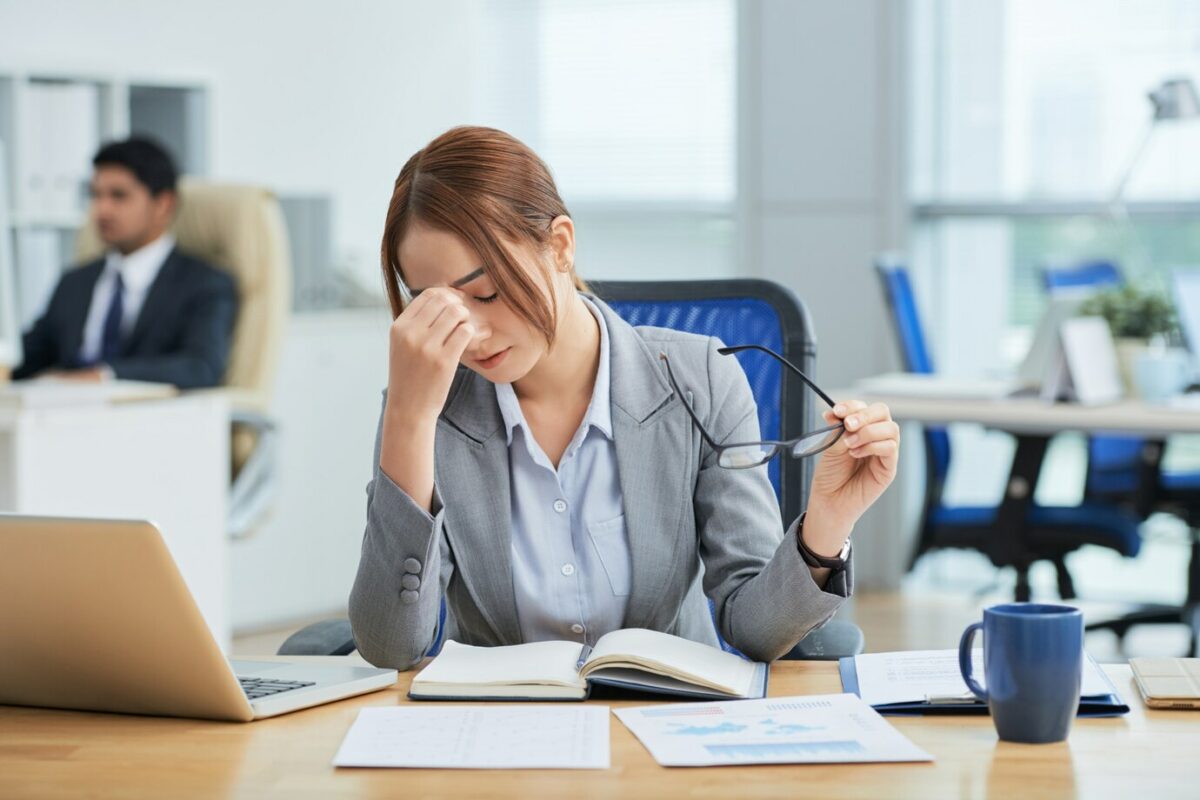Sleep apnea is a serious sleep disorder that causes you to stop and start breathing repeatedly when you sleep. It can lead to fatigue even after you’ve had a full night’s rest. There are several types; the main ones include:
Central sleep apnea – This happens when the wrong signals are sent by the brain to the muscles that are responsible for breathing.
Complex sleep apnea syndrome – Another term for this is “treatment-emergent central sleep apnea.” It happens when people have a combination of central sleep apnea and obstructive sleep apnea.
Obstructive sleep apnea – This is a common type. It happens when throat muscles relax and block your airway.
Sleep Apnea Home Treatment
As previously mentioned, lifestyle changes can be used to help treat sleep apnea, particularly the mild variants. Lifestyle recommendations from a doctor can include:
- Avoiding alcohol and sleeping pills – Many people who have issues with sleep have a tendency to turn to either or both of those things. Alcohol might make it easier for you to get to sleep, but it disrupts your sleep cycles and causes excess muscle relaxation which can make your sleep apnea worse.
- Changing sleep positions – Staying off your back can play a major role in breathing more easily. If you have a tendency to roll on to your back at night, there are many pillows available to keep you on your side. You can even try placing a pair of tennis balls in a tube sock then pinning them to the backside of your pajama shirt.
- Losing weight – Roughly half of the people that deal with sleep apnea are overweight. That’s because extra weight will likely lead to extra tissue in the throat. In turn, breathing will be harder to do. Healthy, sustainable weight loss can be a tool to reduce the severity of sleep apnea.
- Quitting smoking – Smoking leads to upper airway swelling, which can worsen sleep apnea. It can also lead to snoring or, if a person already snores, it will worsen.
- Treating allergies – Airways’ tissues swell when nasal allergies are at play. It makes the pathway more narrow, leading to breathing problems. Work with your physician to stay on top of those allergy symptoms, especially when going to bed.
While the above things can help with sleep apnea, they are not fully effective treatments for the sleep disorder. It is important to remember that sleep apnea is truly a sleep disorder, where the brain fails to keep the muscles of the airway structured enough while sleeping, especially in deep sleep. While we don’t understand why this happens, we do have ways of splinting the airway open to dramatically reduce sleep apnea and the symptoms that come from it.
Bilevel Positive Airway Pressure (BIPAP)
Bilevel positive airway pressure machines (BiPAP) are similar to a CPAP machine but allows higher pressures and also helps with exhaling. You will wear a mask that connects the BiPAP machine to you. When you breathe in, the machine will use air pressure to splint your airway open and when you breathe out, the machine will reduce pressure and control how quickly the air is released from your lungs. These machines are generally used for those with central or complex sleep apnea, or with previous lung damage that cause low oxygenation. They are also more comfortable for people that struggle breathing out against air pressure.
Continuous Positive Airway Pressure (CPAP)
The most common treatment in Canada for sleep apnea is a continuous positive airway pressure machine, commonly called a CPAP. This device also has a mask and uses air pressure to splint your airway open but has less pressure available than a BiPAP and does not assist with the exhalation. Most CPAP machines available now are of a type called an “Auto-PAP” that does adjust pressure regularly by testing to see when your airway is closed. When you are having apnea events, the pressure increases, and while you are breathing well, the pressure drops to make it more comfortable. The flow of air helps keep your airway open so that you breathe comfortably while you sleep.
Oral Appliance Therapy (OAT)
Custom oral appliances to treat sleep apnea have been around for decades, but over the last ten years advancements have allowed for very comfortable, durable and effective devices. They have become a first choice therapy along with CPAP for many people, and are even more popular in Europe and the US. Oral appliances are generally two separate pieces, one that cover the top teeth and one that cover the bottom teeth. There are various types, but all of them work by preventing the lower jaw from falling back, which causes the airway to collapse.
Surgery
We often are asked if surgery is an effective way to treat sleep disordered breathing. There are certain cases where a sinus blockage can be effectively treated with surgery, but a consultation with an Ear-Nose-Throat Specialist (ENT) is needed to assess that. Surgery that removed tissue from the throat, uvula and oral cavity, called an Uvulopalatopharyngoplasty (UPPP), used to be a somewhat common treatment for sleep apnea. Unfortunately, in the long term, this treatment does not seem to be effective for many people, and often makes the situation worse when the tissue tries to grow back over top of scar tissue. We recommend that anyone who wants to know more about surgical options request a referral to an ENT to discuss it with a specialist.
Conclusion
Sleep apnea is a sleep disorder that effects a large number of people, and many people suffer with it undiagnosed. Treatments can include surgery, medical devices and lifestyle changes. The most important thing to do is speak to a sleep clinic or your physician if you suspect something is wrong with your sleep. Remember, snoring is not the only symptom of sleep apnea!
Trying to find sleep apnea solutions in Vancouver? Reach out to Sleep Better Live Better today! We have qualified teams in our sleep clinics in Surrey, North Vancouver and Victoria.





